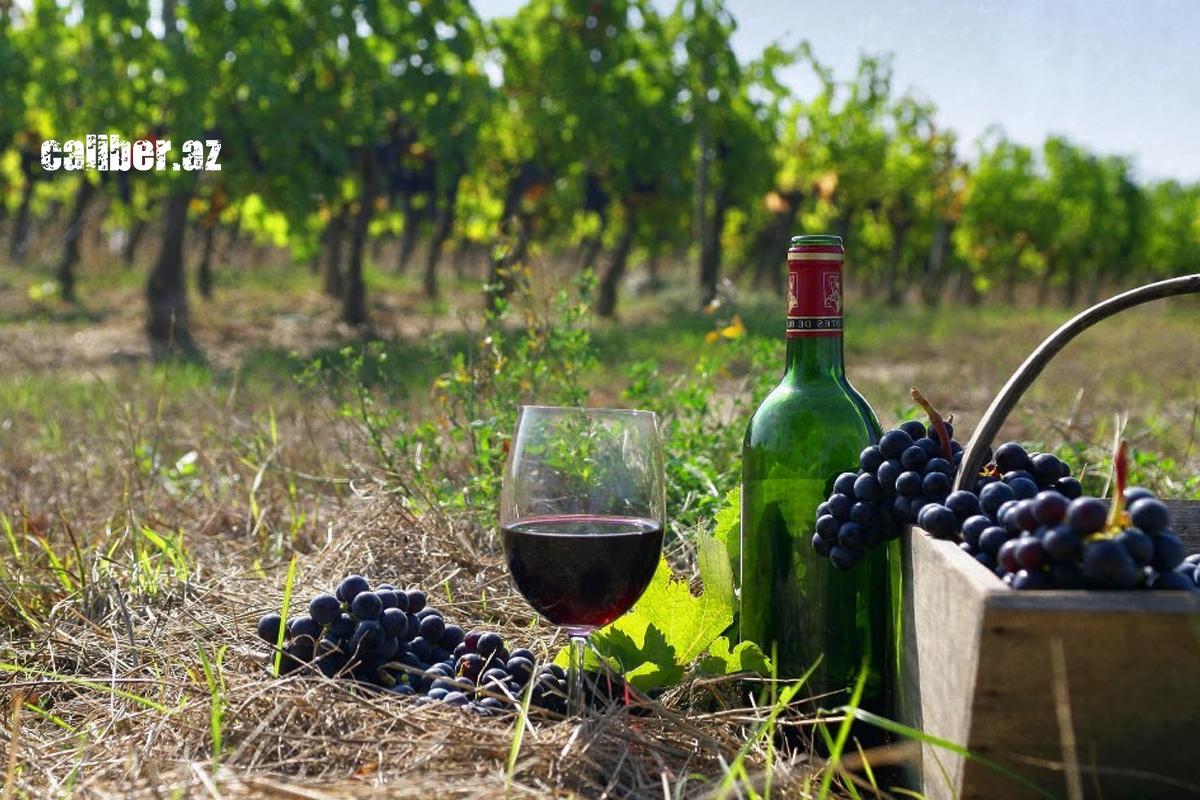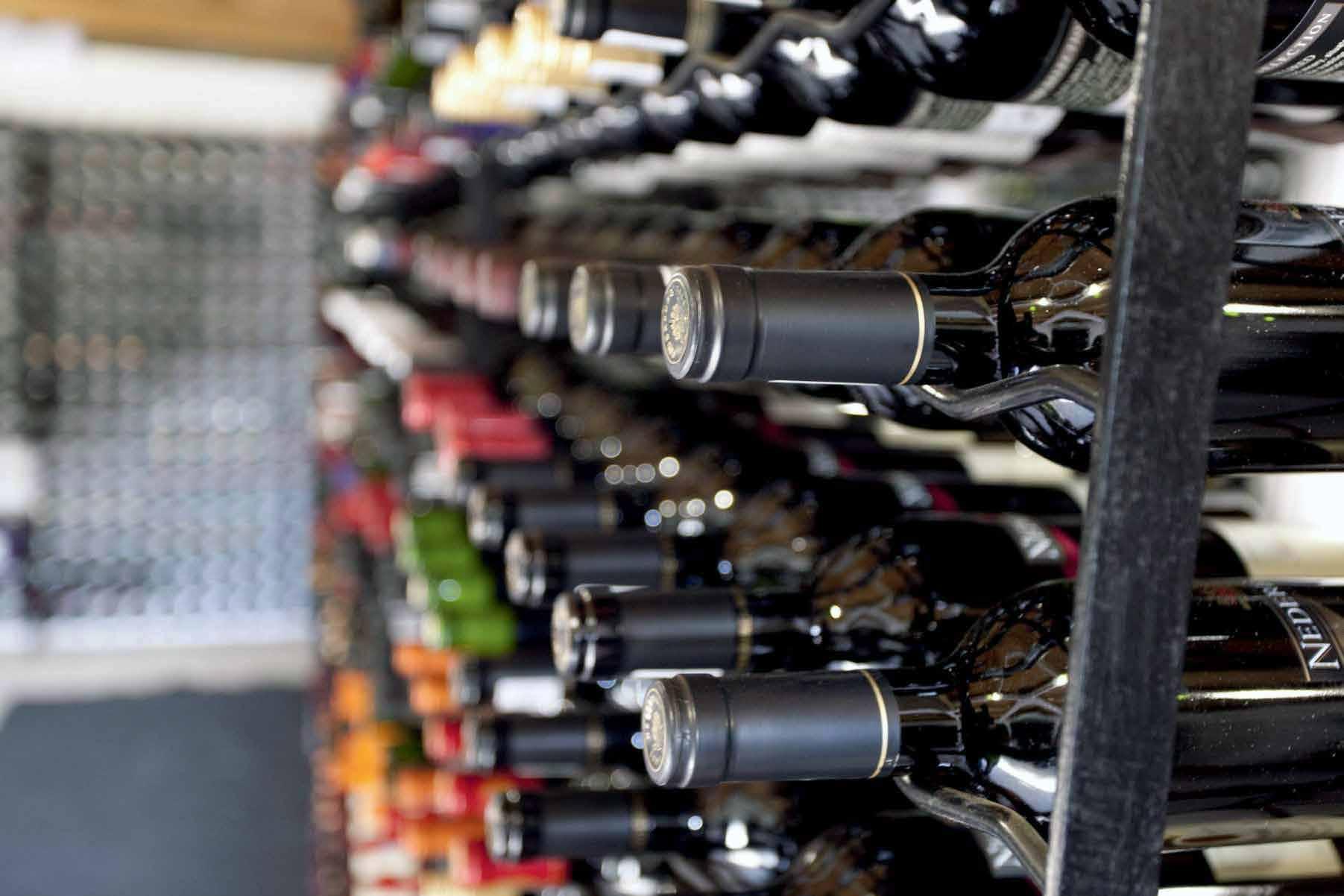Azerbaijan’s wine tourism gains momentum Sip and Savor
In recent years, Azerbaijan has experienced significant growth in new, high-quality tourist destinations, alongside a notable increase in wine production and export. At the intersection of these trends, a promising new sector has emerged: oenotourism (wine tourism). Globally, wine tourism is recognized as one of the most effective ways to promote local winemaking. It also provides a strong incentive to expand vineyards, boost production, and diversify the export markets for grapevine products. The State Tourism Agency (STA) of Azerbaijan is actively supporting this sector, recently hosting another successful wine and grape festival in Shamakhi.
The wine and grape festival, held for the third time with the joint support of the State Tourism Agency and the Shamakhi District Executive Authority, has become an effective platform for promoting domestic viticulture and winemaking, showcasing the history and current state of the industry. Held on September 7–8, 2024 in the village of Meysari in the Shamakhi District at the Shirvan Sherablari winery complex, the festival was memorable for its vibrant entertainment events, musical shows, and, of course, tastings of wine products from both local and international producers. The festival attracted thousands of local citizens, international tourists, and representatives from over twenty wine houses, relevant government agencies, and industry associations.

"This is perhaps the most professional, flavorful, and enjoyable festival in Azerbaijan," said Kanan Guluzade, advisor to the Chairman of the State Tourism Agency, during the festival's opening ceremony. "For the past two years, the festival has showcased wines from territories liberated from occupation, including those produced in the village of Tug in the Khojavend District and other areas."
Guluzade also highlighted that wine tourism routes in northern and western Azerbaijan are becoming some of the most successful in Europe, with the Shamakhi festival playing a key role in their development.
Oenotourism is a relatively young recreational sector, with a history of just over thirty years, and it is also a relatively new destination for Azerbaijan. Geographically, the main regions for oenotourism include France, Italy, Spain, Portugal, Hungary, Croatia, and Israel, with neighboring Georgia also seeing significant growth in recent years. The capitalization of this tourism segment is quite impressive: for example, oenotourism generates €2.5 billion annually in Italy, €5.5 billion in Germany, and 27 million travelers in the United States annually participate in gastronomic and wine tasting tours.
The primary goal of wine tourism is to attract enthusiasts to an engaging journey through wine regions, allowing them to participate in grape harvesting and experience the wine production process. Standard wine tour programs typically include visits to one or more wineries, where guests can tour the vineyards, learn about the production process, explore wine cellars, and, most importantly, enjoy tastings.
In recent decades, various regions of Azerbaijan have hosted numerous grape and winemaking festivals. However, oenotourism as a distinct tourist destination began to gain momentum after 2019, when the country joined the international Iter Vitis network ("Journey between the Vines"), which connects wine routes across 20 countries. Created in 2009 by the Council of Europe and the European Institute of Cultural Routes, the Iter Vitis network features certified tourist routes designed to promote the culture of grape growing, winemaking, and wine landscapes.
In January 2020, Baku hosted the first General Assembly of the Iter Vitis Caucasus wine route, organized by the Azerbaijan Tourism Board (ATB) with support from the European Institute of Cultural Routes. By August 2021, ATB specialists had completed the development of the Iter Vitis Azerbaijan wine route concept and plan. At the same time, efforts began to integrate this project with a similar initiative in Georgia, with plans to merge both into a continuous wine route—Iter Vitis Caucasus. ATB's efforts to promote Azerbaijan’s winemaking heritage have been recognized internationally: in October 2021 and 2022, the national Iter Vitis Azerbaijan route was honored in Italy as the best developing wine tourism product.
In recent history, well-known Azerbaijani grape varieties—such as Agh Shani, Gara Shani, Madrasa, Meysari, Tabrizi, and others—have established the country as a renowned center of winemaking and viticulture, not only within the Soviet Union but also in many regions around the world. In the past decade, the industry has also seen positive developments: Azerbaijan now has a total vineyard area of about 17,000 hectares, mostly dedicated to table grapes. Technical grape varieties, which are in demand in the winemaking sector, account for just over 5,000 hectares and are primarily managed by around 23 medium and large wine and brandy producers. According to the Azerbaijan Export and Investment Promotion Agency (AZPROMO), approximately 15 producers currently export wine products, with 4-5 companies being the major exporters.

According to the Scientific Research Institute of Viticulture and Winemaking under the Azerbaijani Ministry of Agriculture, the country continued to expand its vineyards in 2023, with the total vineyard area increasing by 7.1% over the year. Additionally, 224,500 tons of grapes were harvested, marking a 5.6% increase from the previous year. The State Statistical Committee reports that grape wine production in Azerbaijan surged by 34.9% in 2023, reaching 1.27 million decaliters, while brandy production nearly tripled to approximately 310,000 decaliters. The harvest of technical grape varieties typically takes place in late summer to early autumn, so final data on vineyard yields and wine production for 2024 will be available later in the year.
While the majority of wine products are sold domestically, exports also saw a significant increase in 2023, rising by nearly one-third to $8 million. Russia remains the primary market, accounting for $5 million of this export value. Nevertheless, recent efforts by AZPROMO, along with support from Azerbaijani trade and wine houses, have notably expanded the presence of Azerbaijani wines and brandies in markets such as Poland, Latvia, China, and several other Asian countries, as well as in Türkiye.
Under the "State Program for the development of winemaking in the Republic of Azerbaijan in 2018–2025," initiated by the Azerbaijani president, several measures were planned to accelerate the establishment of new vineyards and expand processing capacities. The program aimed to boost grape production by one-third by 2025 and anticipated that expanding processing capacities would increase wine exports fivefold. Unfortunately, the COVID-19 pandemic and various crises in recent years have negatively impacted the implementation of these plans.
Currently, Azerbaijan is focusing on revitalizing winemaking in the Karabakh region, specifically in the Aghdam, Fuzuli, and Jabrayil districts, which are known for their unique climate and soil quality. As demining efforts continue and new vineyards are established in other regions, the total vineyard area in Azerbaijan is expected to surpass 23,000 hectares in the coming years, with annual grape harvests projected to reach 250,000–300,000 tons.








